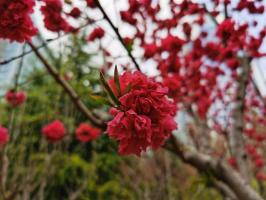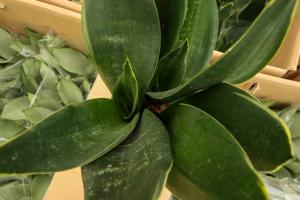What Is Eating My Tomato Plant Leaves in Australia?
Tomato plants are a popular choice among vegetable gardeners in Australia. However, one of the biggest challenges that gardeners face is dealing with pests that can damage or destroy their tomato plants. If you're noticing that the leaves of your tomato plants are being eaten, it's important to identify the culprit so that you can take the appropriate steps to protect your plants.
Common Pests That Eat Tomato Plant Leaves in Australia
There are several common pests in Australia that can eat tomato plant leaves. The most common ones include:
Caterpillars: Caterpillars are the larvae of moths and butterflies. They can be green, brown, or black, and they typically have stripes or spots on their bodies. They feed on the leaves of tomato plants, leaving behind irregular holes or chewed-up areas.
Slugs and snails: Slugs and snails are common garden pests in Australia. They feed on the leaves of tomato plants at night, leaving behind large holes or completely eating the leaves.
Aphids: Aphids are small, pear-shaped insects that are often found in large groups on the leaves of tomato plants. They suck the sap out of the leaves, causing them to wilt and turn yellow.
How to Identify the Pest Eating Your Tomato Plant Leaves
The first step in dealing with a pest problem is to identify the pest that is causing the damage. Here are some tips on how to do that:
Look for physical evidence of the pest, such as caterpillar droppings or slime trails left behind by slugs.
Check the leaves for signs of damage, such as irregular holes or completely eaten leaves.
Inspect the underside of leaves for clusters of aphids or their cast skins.
Check the surrounding areas for signs of the pest, such as caterpillars on nearby plants or slugs and snails in the soil.
How to Control Pest Damage on Tomato Plants
Once you've identified the pest that is eating your tomato plant leaves, it's important to take steps to control the damage. Here are some methods you can use:
Natural predators: Encourage natural predators such as ladybugs, lacewings, and parasitic wasps to feed on the pests that are eating your tomato plants.
Handpicking: Pick off the caterpillars or snails and dispose of them manually.
Organic sprays: Use organic sprays such as neem oil or pyrethrum to control the pests.
Cultural practices: Implement cultural practices such as crop rotation, mulching, and sanitation to prevent pest infestations.
Preventing Pest Damage on Tomato Plants
Preventing pest damage on tomato plants is much easier than dealing with it after the fact. Here are some preventative measures you can take to protect your tomato plants:
Choose tomato varieties that are resistant to pests and diseases.
Plant companion plants such as marigolds, basil, or oregano, which can repel pests.
Use physical barriers such as row covers or netting to keep pests away from your plants.
Keep your garden clean and tidy to discourage pests from making a home in your garden.
By implementing these preventative measures and identifying and controlling pest damage early, you can enjoy a bountiful tomato harvest in Australia.

 how many times do yo...
how many times do yo... how many planted tre...
how many planted tre... how many pine trees ...
how many pine trees ... how many pecan trees...
how many pecan trees... how many plants comp...
how many plants comp... how many plants can ...
how many plants can ... how many plants and ...
how many plants and ... how many pepper plan...
how many pepper plan...































